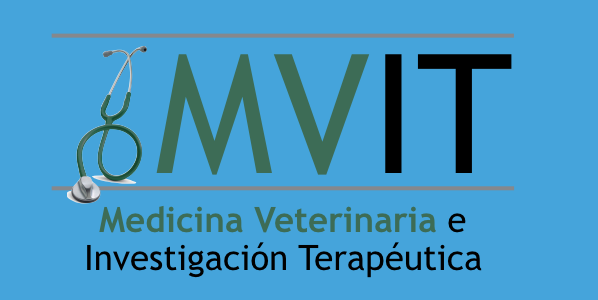Evaluation of cardiopulmonary biomarkers during classic adulticide treatment versus the American Heartworm Society recommended treatment protocol in dogs infected by Dirofilaria immitis.
Vet Parasitol. 2014 Nov 15;206(1-2):55-9. doi: 10.1016/j.vetpar.2014.08.015. Epub 2014 Aug 30
Carretón E, Morchón R, Simón F, Juste MC, González-Miguel J, Montoya-Alonso JA.
Abstract
Adulticide treatment of dogs with canine heartworm disease causes the death of the adult Dirofilaria immitis lodged in the vascular system of the host. During the death of the worms, pulmonary thromboembolisms (PTE), pulmonary inflammation, congestive heart failure, or renal disease are possible consequences. The aim of this study was to evaluate cardiopulmonary biomarkers and renal parameters during adulticide treatment of canine heartworm to compare the classic two-injection treatment protocol versus the American Heartworm Society (AHS) recommended protocol. Fourteen heartworm-infected dogs with high parasite burdens were divided in three groups and allocated to adulticide protocols as follows: Group A (n=5) was treated with the classic two-injection protocol; group B (n=5) was treated using the AHS recommended protocol, and group C (n=4) was treated as for group B but received diminishing anti-inflammatory doses of prednisone. To assess cardiorespiratory status, cardiac troponin I (cTnI), myoglobin, and D-dimer were measured. Renal function was evaluated by measuring urea, creatinine, and urine protein:creatinine (UP:C). Serum and urine samples were collected day 0 (day of diagnosis), 7 and 14 days after the first dose of adulticide, and 1 month after the last adulticide injection. Dogs that received classic treatment presented pathologic concentrations of D-dimer more frequently and showed higher average D-dimer levels, which may indicate the presence of more severe PTE. Group C showed the highest levels of D-dimer during treatment, which may be due to an exacerbation of PTE caused by the administration of prednisone. CTnI and myoglobin values remained above reference values in all groups during the study but reached the lowest values 1 month after the last injection. Levels of urea and creatinine were within normal ranges in all groups, and 28.5% of the dogs were proteinuric on day 0, progressing to better UP:C values at the end of the treatment, except in group A. The results of this study justify the treatment of canine heartworm disease using the AHS recommended adulticide guidelines and recommends re-evaluation of the role of glucocorticosteroids in the prevention and treatment of PTE.
Enlace a PubMed


